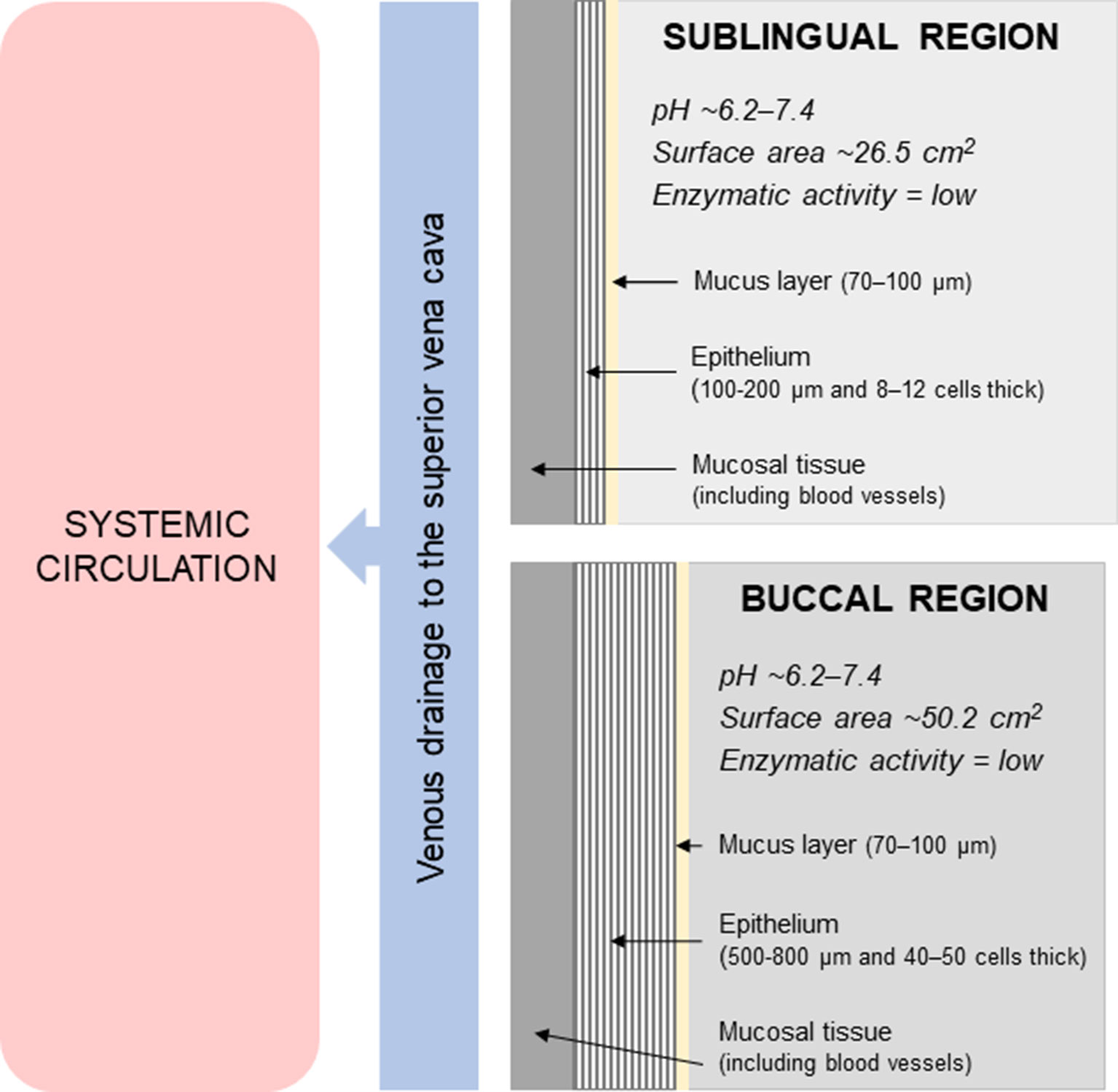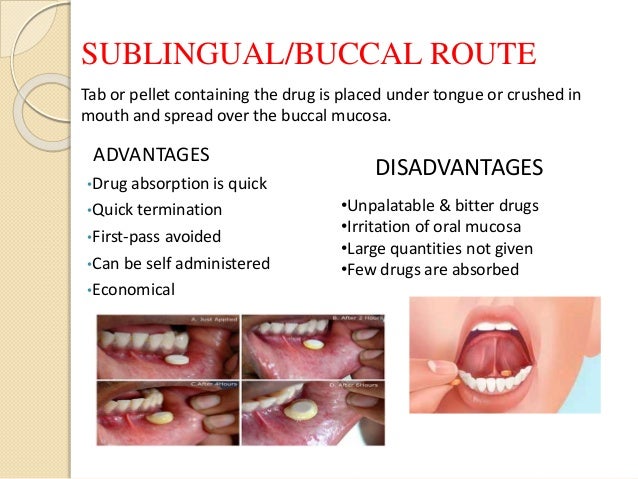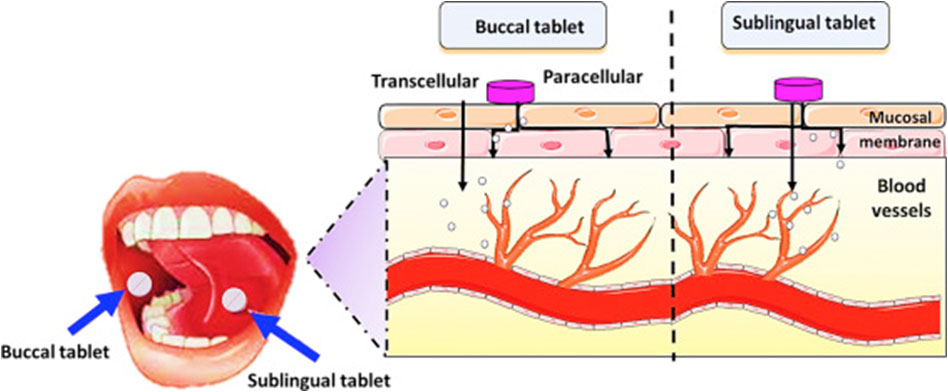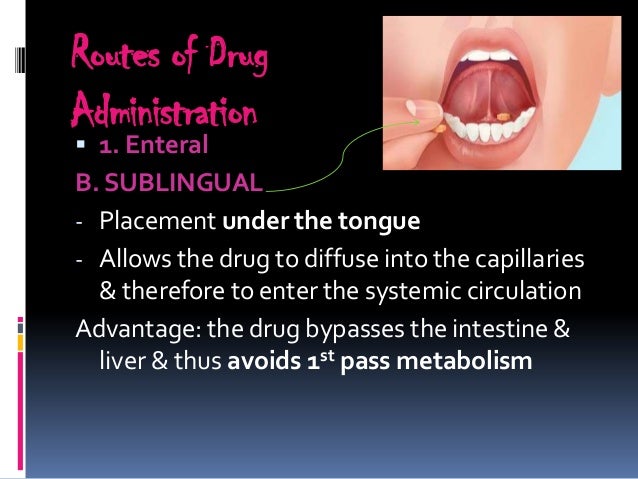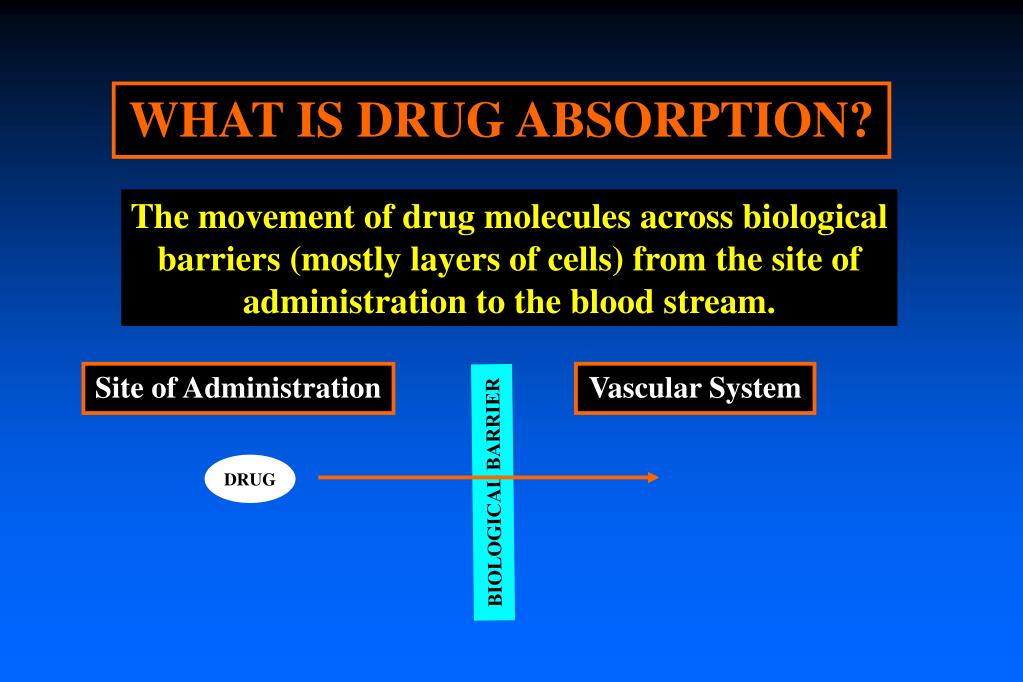How Does A Sublingual Medication Get Absorbed Into The Bloodstream
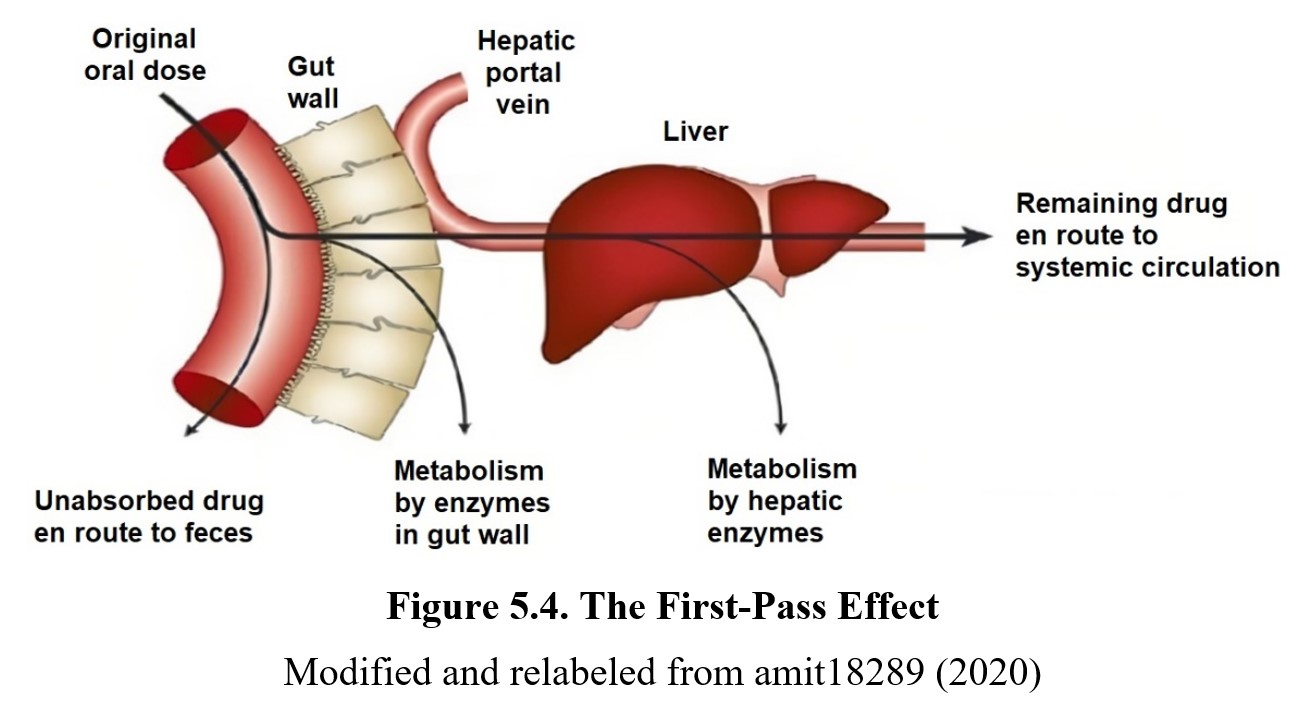
In a medical breakthrough poised to revolutionize drug delivery, scientists have unlocked the intricate process of sublingual medication absorption. This discovery promises faster, more effective treatment for a range of conditions, bypassing the traditional digestive system.
This article delves into the science behind how sublingual medications – those dissolved under the tongue – enter the bloodstream, providing a direct route for drug absorption and offering significant advantages over oral pills.
The Sublingual Route: A Direct Line to the Bloodstream
Sublingual administration involves placing a medication under the tongue. The key to its rapid absorption lies in the structure of the oral mucosa, the lining of the mouth.
This area is rich in blood vessels, specifically capillaries. These capillaries are close to the surface, allowing for drugs to easily diffuse into the bloodstream.
Understanding the Oral Mucosa
The oral mucosa is comprised of several layers, but it's the permeability of the sublingual area that matters. This region is thinner and more permeable compared to the buccal mucosa (cheek lining).
The sublingual mucosa has a smaller surface area than other areas of the oral cavity. It offers a more direct route to systemic circulation, minimizing first-pass metabolism.
The Absorption Process: Step-by-Step
When a sublingual tablet or film dissolves, the active ingredient is released into the saliva. This released drug then comes into direct contact with the sublingual mucosa.
From there, the drug passively diffuses across the mucosal membrane down its concentration gradient. This process requires no energy from the body.
Once across the membrane, the drug enters the capillary network. It is then quickly transported via the venous system into systemic circulation.
The Science of Permeability
The rate and extent of absorption depend on factors such as the drug's lipophilicity (fat solubility) and molecular weight. Highly lipophilic drugs are absorbed more readily.
Small molecule drugs are also absorbed more efficiently. pH levels in the mouth also play a role, affecting the ionization of the drug and, therefore, its absorption.
Formulation is key. The design of the sublingual tablet or film impacts dissolution rate and drug release, affecting the overall absorption profile.
Avoiding First-Pass Metabolism
A significant advantage of sublingual administration is the avoidance of first-pass metabolism. This is the breakdown of the drug in the liver before it reaches systemic circulation.
Oral medications are absorbed in the small intestine and transported to the liver via the portal vein. Sublingual drugs bypass this pathway.
By entering directly into the bloodstream, higher concentrations of the drug reach the target site, leading to greater efficacy and potentially lower dosages.
Clinical Applications and Benefits
Sublingual administration is particularly useful for drugs requiring rapid onset of action. Nitroglycerin, used to treat angina, is a prime example.
It is also beneficial for patients who have difficulty swallowing pills. This includes children, the elderly, and individuals with certain medical conditions.
Furthermore, sublingual drugs can offer improved bioavailability compared to oral formulations. This is especially true for drugs that are poorly absorbed in the gastrointestinal tract.
Challenges and Considerations
Not all drugs are suitable for sublingual administration. The drug must be potent enough to be effective at low doses.
The drug must also have acceptable taste. Poor taste can hinder patient compliance.
The patient must also be able to hold the medication under their tongue without swallowing for the required time. This is essential for optimal absorption.
Future Directions and Research
Research is ongoing to develop new sublingual formulations for a wider range of drugs. Scientists are exploring novel drug delivery systems to enhance absorption.
This includes using penetration enhancers to increase mucosal permeability. They are also improving tablet and film formulations to optimize dissolution and drug release.
Clinical trials are crucial to evaluate the efficacy and safety of new sublingual medications. These trials help determine the optimal dosage and administration schedule.
The FDA continues to monitor the development and approval of sublingual drugs. The agency ensures that these medications meet rigorous safety and efficacy standards.
The Future of Drug Delivery is Under the Tongue
The understanding of sublingual absorption is accelerating. This will lead to the development of innovative treatments that offer faster, more effective, and more convenient drug delivery.
As research continues, the potential for sublingual administration to revolutionize healthcare is becoming increasingly clear. Keep abreast of further developments in pharmaceutical research.

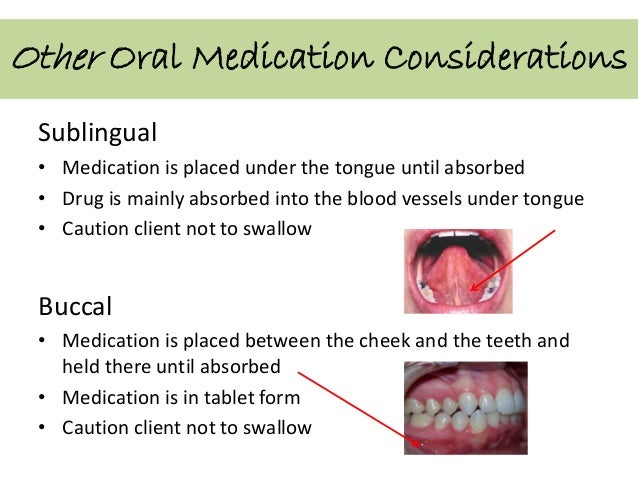

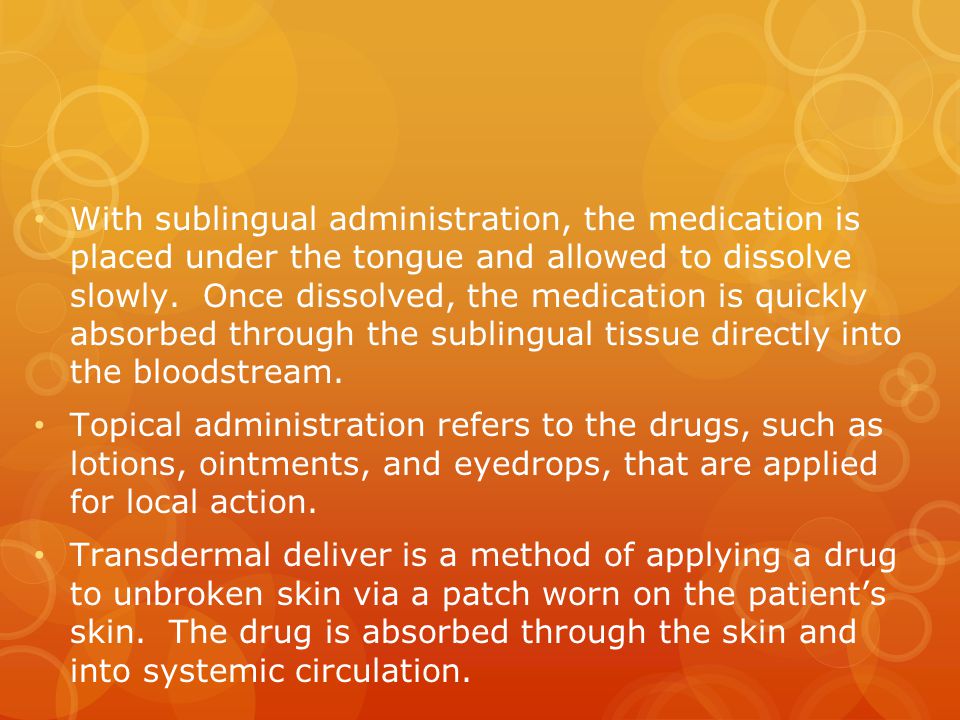


.jpg)
